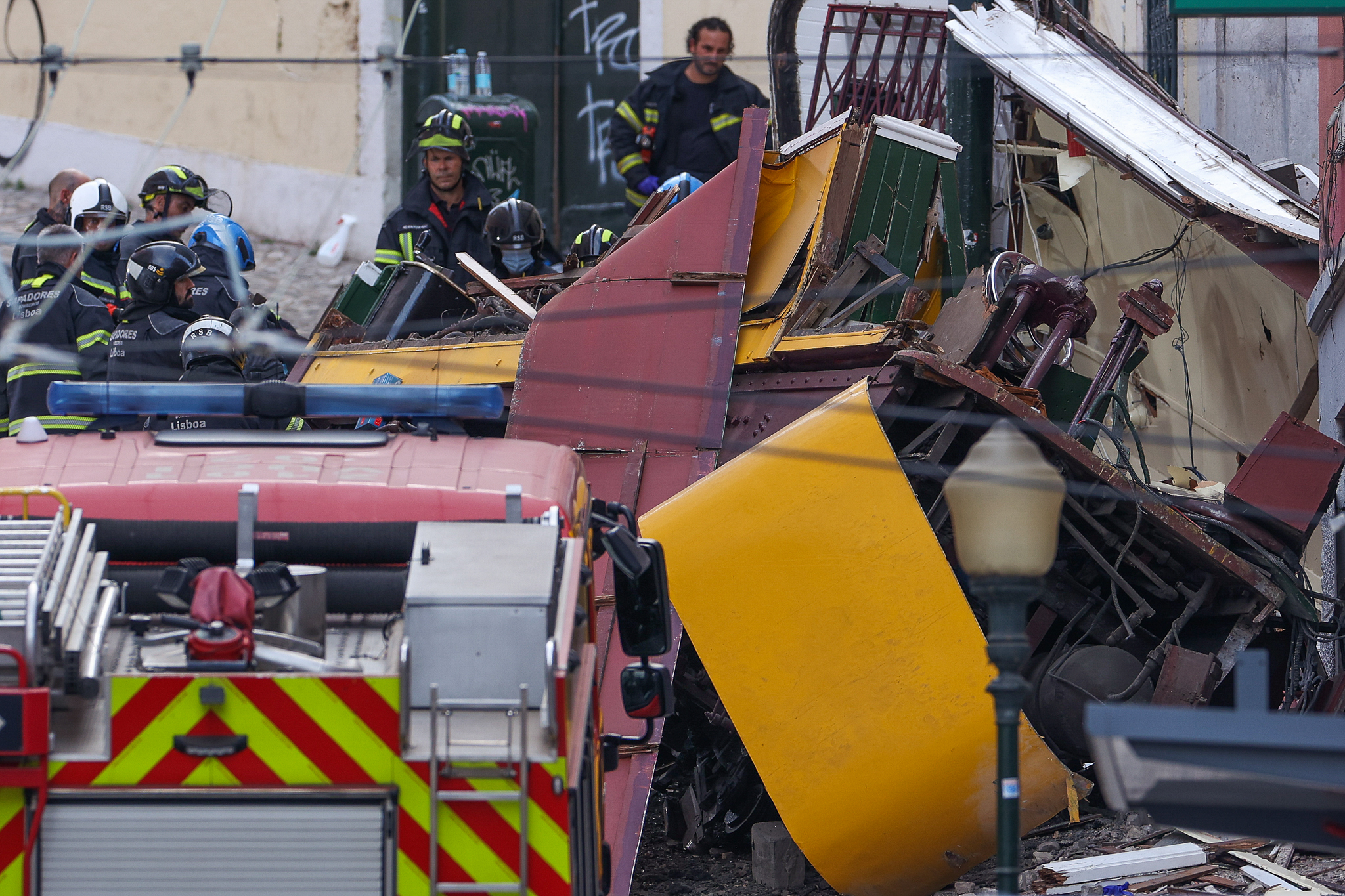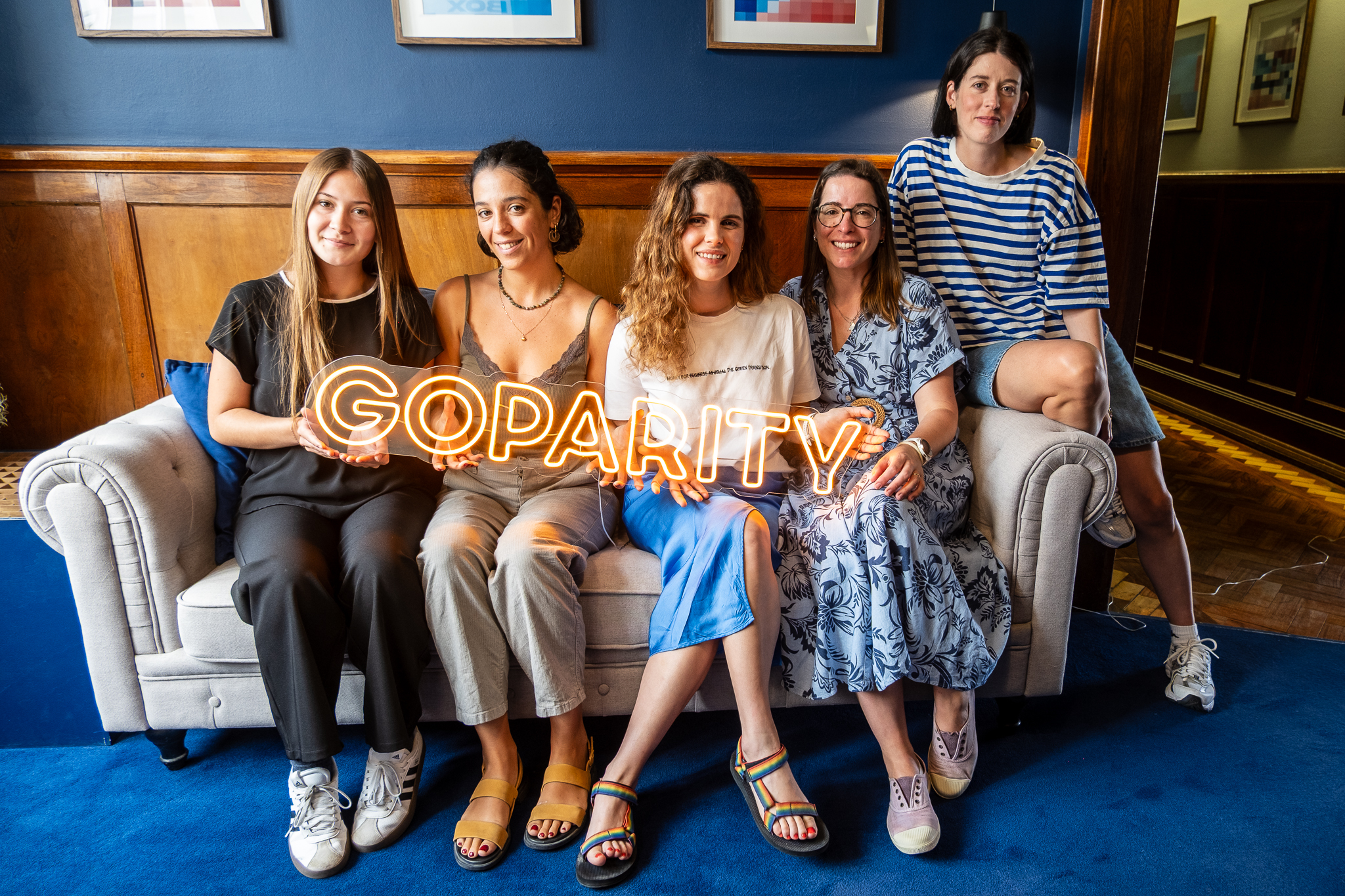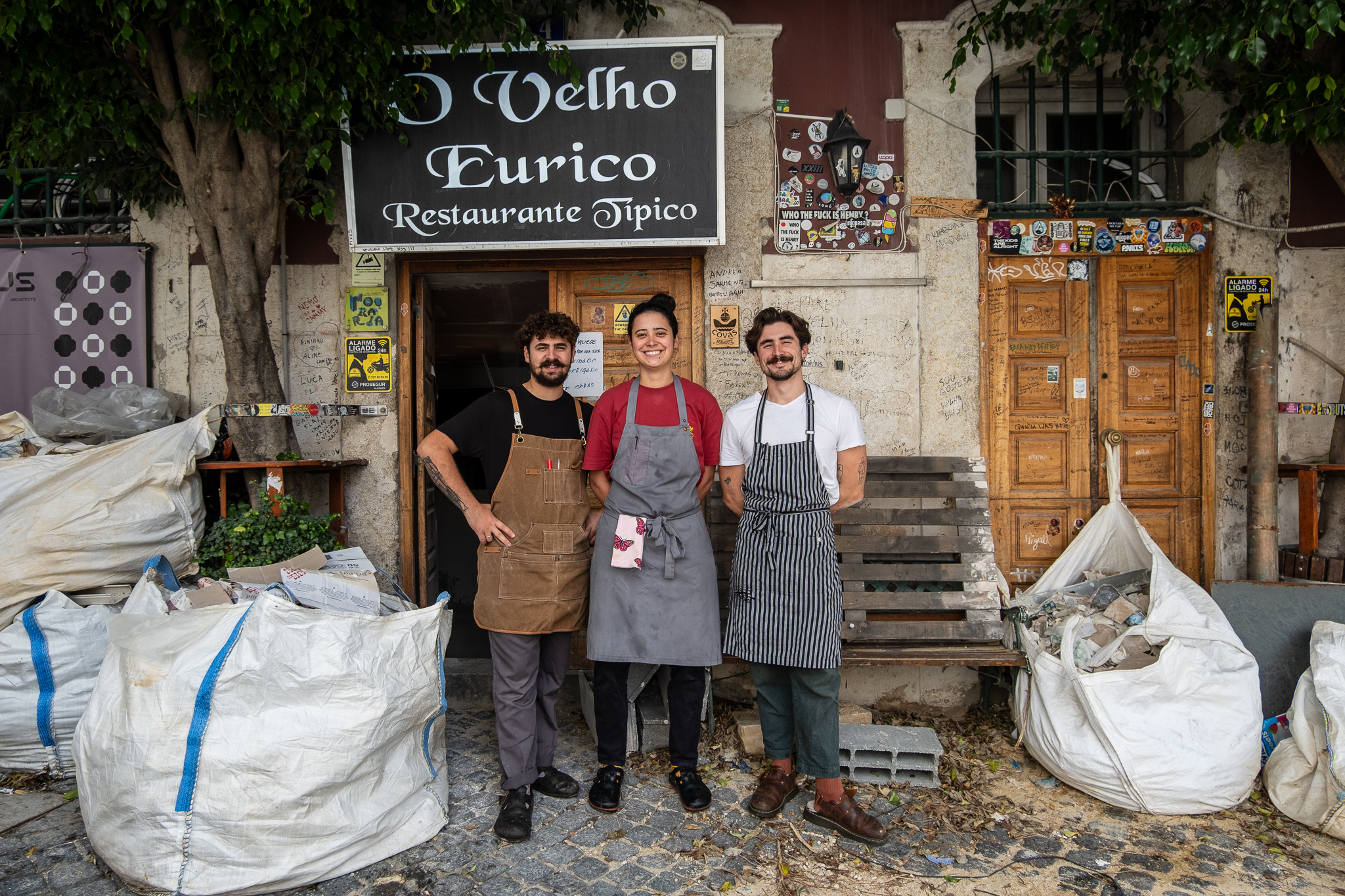In Bairro dos Alfinetes, in Marvila, there is a community project trying to stimulate neighborhood ties and habits of participation in public life. "These are processes that are still being finalized. People are not so used to participating. They're starting to have a bit more receptivity."

Improving the quality of the public space in Bairro dos Alfinetesin Marvilaand therefore the quality of life for residents is the aim of Be a Neighborhood Watcher - a project that brings together various partners in the parish, such as the Marvila Parish Council, the residents' community group 4Crescente and the architecture studio Rés-do-Chão. Project by project, Sê Bairrista seeks to stimulate greater participation by the local community in the solutions. The creation of a new construction site in Praceta B of Bairro dos Alfinetes is another small step in this direction.

Together with the residents of the buildings surrounding Praceta B, the Rés-do-Chão team designed a proposal to enlarge and revitalize the existing central flowerbed in the square. The idea was to provide a new space where neighbors can get their hands dirty and plant what they want, but also socialize and establish new friendships. After a process of co-designing the new flowerbed and the actual construction phase, the new structure was inaugurated with the placement of the first plants. "We inaugurate everything here"jokes a resident of the neighborhood.

In the late afternoon of January 12th, two dozen peopleAt the end of the project, neighbors from Praceta B and friends gathered around the flowerbed to help with the planting and, at the end, to enjoy the food and drink that each other had brought (there was, for example, a very tasty orange cake from Dona Isilda). Bruno Guimarães, an architect and member of the Rés-do-Chão studio, which is one of the main driving forces behind the project, explains that one of the aims of the intervention in the central flowerbed was to "to hide the metal hoods which, in turn, hid the ventilation machines of the underground parking lot". Thus, the pre-existing construction site was expanded into the space occupied by these structures. "We took advantage of the metal railings. In other words, we tried to make the most of the old materials"he says. Next to the flowerbed, they created a bench where people can sunbathe and look at the landscape, with the train line and the Tagus river in the background. "We realized that people sat on the side walls of the square to sunbathe. So we created this place to sit, facing south."


In relation to plants, "we kept it as it was, because the residents wanted us to" e "We brought some new plants from Plots C in the neighborhood. We'll see how the vote goes here in B and we'll add the plants that the neighbors want". The "votes" were counted on the day of the inauguration and planting. The species to be placed in the flowerbed, along with those that were already in its original configuration, were chosen by the residents of the square, through a ballot placed at the entrance to each building. Not everyone decided to take part, revealing the mistrust or lack of interest that still exists in these initiatives. "People don't care"Lurdes, a resident who decided to go to the garbage to collect some of the papers from uninterested neighbors and filled them in with the plants she most wanted to see in the flowerbed. "Mrs. Lurdes cheated"jokes Inês Sebástian, architect and anthropologist at Rés-do-Chão.





In the mailboxes around the neighborhood, people had been asked to fill out a form with the species they would like to see in the flowerbed. There was rosemary, lavender, oregano, thyme, rose hips, ivy, calla lilies... and to answer you just had to put a cross on the desired plants. "I have rosemary there, which I like to use on meat. The rose is good because it grows all year round"says Lurdes. "And this one is very pretty"He says, pointing to Aptenia, a succulent and creeping plant that is very resistant. "It spreads a lot"António, who also lives in the square, adds.
António is well known in the community because he already maintains a public flowerbed under his window (which we'll talk about later). He regrets that the plants he plants are sometimes taken away. "There are some kids here who like to do that." That's why, he says, he started to plant more often upstairs, right next to his window, and that's also why he suggested not planting "very close to hand" on the new construction site.
Lurdes and António are used to the land. They were born and raised with it for parts of their lives, even though the city is now their home. Lurdes, for example, was born in Lisbon but tells us that it was "raised in the bush". "I love this!"he exclaims, as he digs holes in the soil with his bare hands, places the plants and then, with his feet, tamps down the soil around them. António, whose hands also reveal a life linked to the countryside, was filling buckets and pouring water over the newly planted species, making small holes to increase infiltration.

While António and Lurdes set to work to make the flowerbed beautiful for everyone, some of the neighbors peered curiously and suspiciously out of their windows. Others joined in the socializing in the square. Ernesto joined in at one point. He was well known in the community and Rés-do Chão tells us that she learned a lot from him and from his knowledge of botany. It is Ernesto who begins to give directions on what to plant, where to plant it and how to plant it. Maria Gorette, a less experienced neighbor, climbs into the garden with hoe in hand to help Lurdes. "Look at the women working over there and the men here doing nothing"says a neighbor. "Women can very well do what men do"Gorette replied.









Sê Bairrista aims to energize the community, but Bruno Guimarães tells us that we need to "winning people over little by little, one job at a time". "These are processes that are still being finalized. People aren't as used to participating. They're starting to be a bit more receptive"he comments. The project to rethink the square began between 2021 and 2022, with co-construction actions open to the whole neighborhood. People were invited to say what they wanted in the square, with the central flowerbed as a starting point. "We did five co-design sessions more focused on this central part of the square and we also identified smaller transformations that the residents would also like to see implemented"describes Inés Sebástian. Among the ideas discussed were a communal barbecue, a composter, parking for bicycles, a space for children's games, a slate for children to draw on, a noticeboard for communal activities, or the dynamization of other flowerbeds and pots.
The central flowerbed, which is now being given a new lease of life, is the biggest transformation to take place in Praceta B; but it was preceded by two other smaller interventions, completed in 2022. One of them involved transforming some large concrete cubes, which only served to block abusive parking in the square, into garden pots. "People used to stop their cars here and then those cubes were put there. But they were useless. So we turned them upside down and made them into vases."Bruno explains. The cubes were painted, filled with soil and some flowers were planted in them.

Another of the activities involved transforming the two side flowerbeds in the square; residents of the neighborhood were invited to take part in an aromatic herbs workshop, where they learned about these plants - which can be useful in cooking and medicine - and then planted some of them. "Some residents, like Mr. António, felt more encouraged and continued to maintain the flowerbeds."Bruno explains. "There's a sort of consortium of three residents looking after these flowerbeds." Between the two side spaces, there is a central cultivation area that is now being cleared and could be the next intervention. "There is still no consensus among the consortium about what this construction site could be. These little shocks are also good for people to start dialoguing, to understand what it means to create a common decision, what compromises they can make, how they can make their point of view count..."
Rés-do-Chão often acts as a mediator, instigating the discussion and promoting the first meetings between the neighborhood, and then withdrawing from the process to let the community organize itself. One of the things they want to do, Inés tells us, is to "put all the flowerbeds in the square in relation". And the ideas that were discussed in the previous co-creation sessions are still on the table - all except one, to install a community barbecue, which was widely rejected for fear that it would disturb the neighbors' right to rest.












